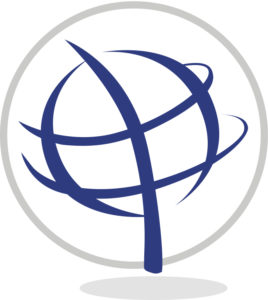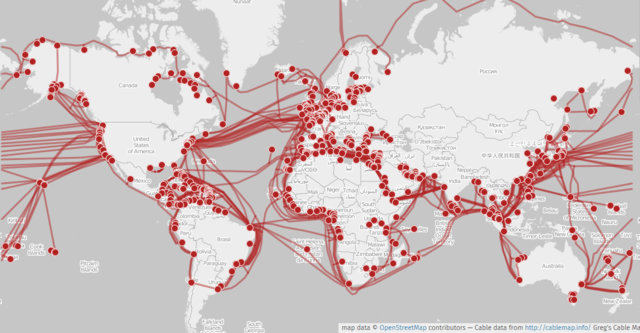Cyber (In)Securities – Issue 98
Whether you’re in the cyber industry or just curious about the newest cyber trends and risks, our mission remains the same—delivering insightful, relevant stories to help you stay ahead. Check it out, share it with your network, and let us know if there’s a topic …



